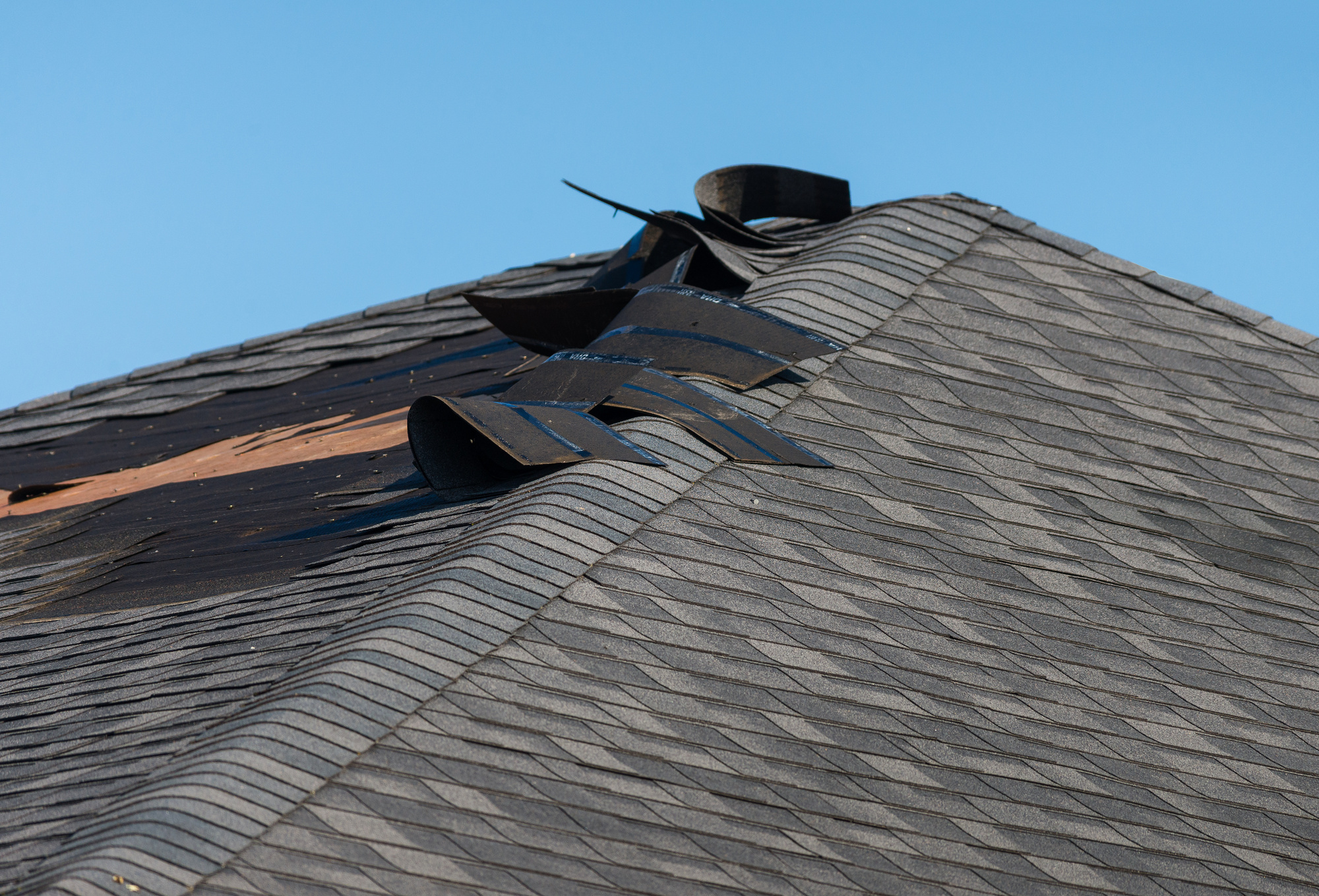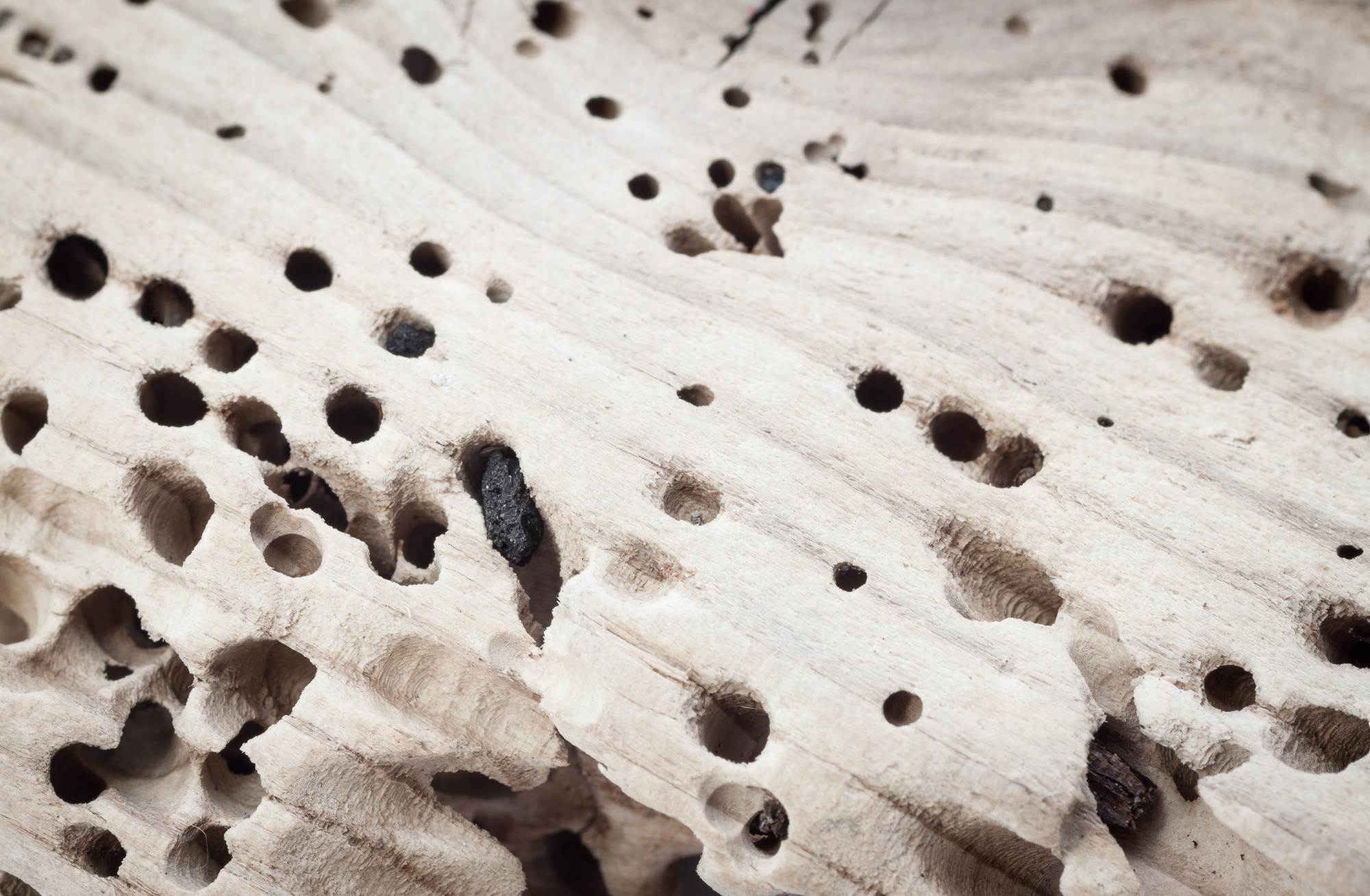7 Surprising Signs That Your Home May Have Roof Damage

Your home’s roof is the first line of defense against the elements, which means you need to keep it in good condition. To do so, you need to understand how to spot signs of damage.
If you live in a region prone to harsh weather, your roof is at a higher risk of sustaining damage. This means you’ll need to check for problems after every major storm.
Your roof will also show normal wear and tear as it ages. Asphalt shingle roofs, which are the most common, last between 20 and 30 years.
If you suspect your roof may have sustained storm damage or has reached its lifespan, keep reading. We’re going over seven signs you’re dealing with roof damage.
1. Damaged Shingles
Damage to the shingles on your roof can come in many forms. Regardless of the type of damage, shingle issues could lead to water entering your home.
Look for shingles curling up at the edges. This is a sign of sun exposure and means they’re probably nearing the end of their lifespan.
Another sign of a damaged roof is cracked shingles or missing granules. This can happen after normal wear and tear or as a result of hail. After a severe storm, you should also check for missing shingles.
You can repair minor shingle damage without spending too much. However, if the damage is widespread, you may need a full roof replacement. If you’re in the Dallas area, a company like Concord Roofing & Construction can help.
2. Clogged Gutters
If your gutters become clogged on a regular basis, this may be an indication of damage to your roof.
When materials on your roof start to deteriorate, they can easily end up in your gutters. This material includes shingle granules and actual pieces of the shingles.
When it rains, this loose material gets washed off your roof and into your gutter system. Eventually, it will build up enough to clog your gutters and cause water to overflow. You need to address this immediately, as overflowing gutters can cause flooding and foundation issues.
When checking your gutters, look for sludge. This forms when shingle granules mix with rainwater. It’s important to clear out this sludge, but you’ll also need to have your roof inspected to determine what type of repairs you need.
3. Interior Water Damage
Openings on your roof put the interior of your home at risk for water damage after it rains. These openings result from either wear and tear or severe weather.
The first sign of this is staining on the ceiling or along the walls inside your home. This is an indication that water has entered through the roof and has made its way to the drywall. You may also notice water dripping from around light fixtures or ceiling fans.
If you notice this type of water damage, it’s crucial you call a roof specialist right away. The damage can spread quickly and cause mold growth.
A professional will patch the area of your roof that’s letting in water. They’ll them determine a long-term solution.
4. Damage Around Other Openings on Your Roof
When inspecting your roof, look for damage around components such as pipes or air vents. These objects must get sealed during the installation process, but sometimes damage can occur.
If the seal around these components gets punctured or starts to deteriorate, water will eventually be able to enter your home. These components may also end up coming loose.
You should also check the flashing on your roof. This is an aluminum material that seals and waterproofs the edges along windows and decking.
Sometimes flashing becomes bent after a heavy storm, which leads to water getting in through upstairs windows.
5. Chimney Damage
Chimneys deteriorate over time on their own. However, premature damage to your chimney may indicate a problem with your roof.
The strength of your chimney depends on the stability of the roof that supports it. If your roof starts to weaken or shift, your chimney’s condition can become compromised.
The best way to determine if this is happening is to inspect the outside of your chimney. Look for cracks or areas where the masonry is crumbling.
Many chimneys have flashing around the base. If this gets damaged or starts pulling away, you may have roof damage.
Make sure you have these issues addressed by a professional right away. It’s likely you’ll need both chimney and roof repair.
6. A Spike in Energy Bills
Have you noticed a sudden increase in your energy bills without a change in usage? There’s a good chance this spike is a result of damage to your roof.
If your roof sustained punctures during a storm, this means warm or cool air is escaping your home. This causes your air conditioning or furnace to work harder in order to keep up with your temperature demands.
If this happens, you’ll most likely notice a difference during either cold or warm months when you rely heavily on your air conditioning unit.
A rise in energy bills may also be the result of the insulation in your attic getting damaged. Sometimes this occurs when water enters through the roof and saturates the insulation material.
7. Sagging Areas
Another sign of damage to your roof is sagging in certain areas. Even if your roof has varying degrees of pitch, the lines should remain straight.
Take note if you see areas where your roof bows down or looks warped. This is a sign that the structure of your roof is no longer sound.
It’s extremely important you have this looked at by a professional. Not only can this lead to damage to other areas of your home, it’s a potential safety hazard if not addressed immediately.
Have Roof Damage Fixed and Protect Your Home
Maintaining a strong roof is one of the best ways to protect the interior of your home. It’s important you have any repairs made right away.
Make sure you keep these signs of roof damage in mind and perform monthly inspections.
For more articles that provide useful tips for everyday life, check out our blog today.



